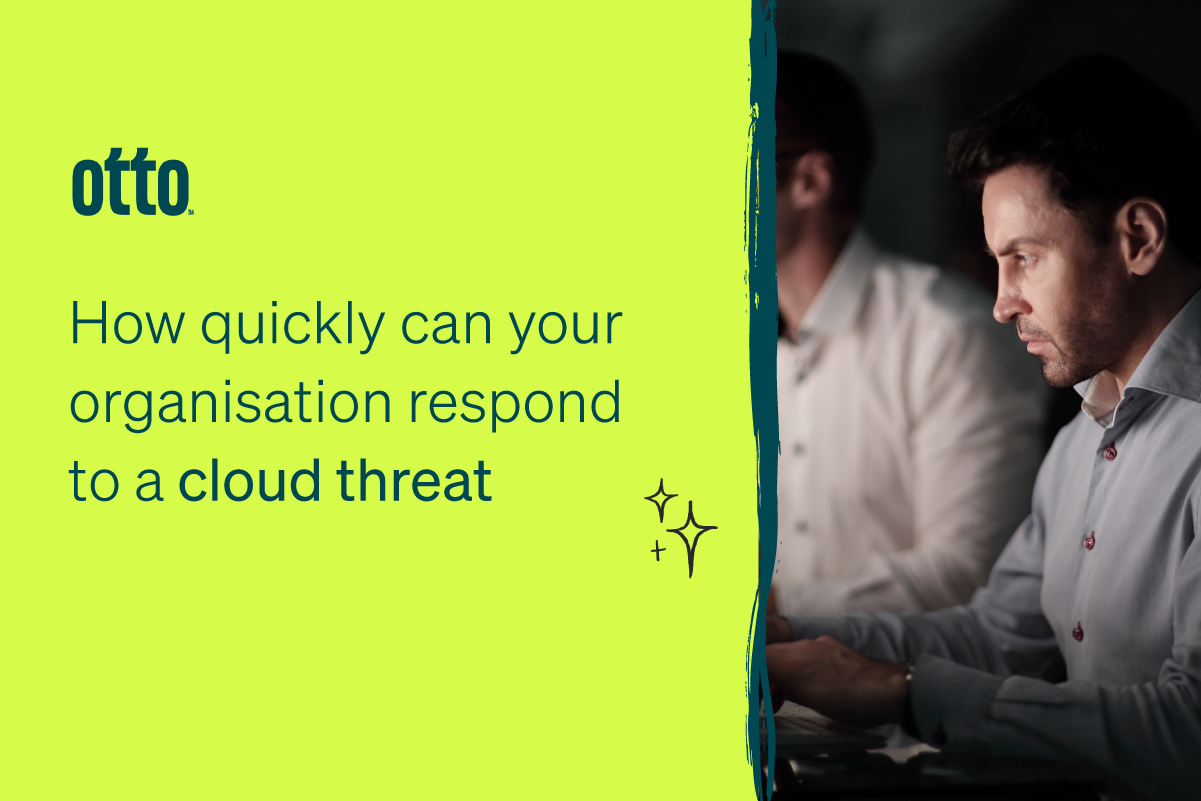Take a minute to imagine your response to an emergency scenario – a child getting lost in the shopping centre, a colleague experiencing severe chest pain, or a criminal breaking into your home. In every event, although your response varies, one thing is certain – you act QUICKLY. But in the recent global study The State of Cloud Native Security Report 2023, just 10% of the over 2500 organisations said that they could resolve a cloud cybersecurity threat in an hour. Not exactly zippy, is it?
Unfortunately, cloud security threats are on a steep rise as organisations increase cloud workloads (currently reaching 53% in 2023). In addition, changes are coming to the Privacy Act of 1988 are coming into play (including steep penalties for organisations whose response and protections are not sufficient). As a result, threat response is becoming one of the most important aspects of cloud data protection.
How to improve cloud security and threat response
With that in mind, here are the best practices for achieving a better response time and overall protections against cloud security threats.
- Holistic cybersecurity –Although the word holistic seems to conjure up wellness, yoga, and healthy eating, it’s showing it’s worth as a cybersecurity approach too. Basically, this translates to treating cloud usage and cybersecurity as something that requires a strong, common thread and integration across all aspects of the organisation. Without a holistic approach, it’s a bit like a doctor giving you pain killers for your sore stomach without an exam that shows it’s actually your appendix that’s about to burst. Because a stream of data runs through your organisation’s cloud solution that pulls different workflows and operations together, protecting that data needs to look at every aspect of use, every end-point, and more.
- Cloud and data security visibility – Many organisations are running blind (or at least blurry) when it comes to security vulnerabilities in their cloud resources. Smart cybersecurity systems and practices are needed to navigate this complex and often unique set of tools and workflows to spot a vulnerability quickly – because that’s what hackers are doing too. Your cloud security needs to have the ability to detect misconfigurations (which account for 80% of cloud breaches) as well as active monitoring for threats in real-time, whether they are internal or external.
- Have an incident response plan – Once your system picks up a threat, you need to know exactly what to do about it. Every second that a hacker is inside your system is critical, so keep the plan clear and comprehensive. You will need your cloud response plan to be different to your on-premise response plan, zero trust security to segment assets to limit activity in the event of a breach, automated incident response where software solves false alerts and common issues while escalating real and complex threats directly to the right teams, proper access and visibility for these teams to see what is going on, and knowledge of that your cloud provider’s role is and what your responsibilities are.
- Train your employees – all of them – If an employee is on the cloud, they need cybersecurity training. Hackers know how to trick people or put them under pressure to expose your data, often without them even realising it, and it’s these social engineering tactics that are the biggest threat to cloud security. Phishing, spoofing websites, social media spying, and smishing attacks are very effective when people don’t have the training to detect suspicious interactions. The great thing is employees and organisations benefit from regular cybersecurity training because hackers will struggle to use their lack of knowledge to get behind your defences AND it’s very useful for protecting data in their personal lives too.
At Otto, we specialise in small business IT solutions – no overpriced flashy stuff or things you won’t ever use, just robust layered cyber and cloud security that keeps you on track for hitting your business goals. From active security monitoring and data protection to data backup and recovery, we do it all. We’ll even train your staff!
Let’s chat.



